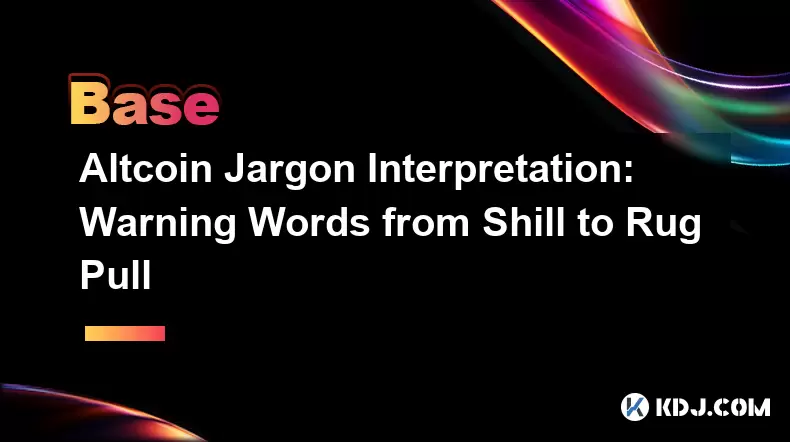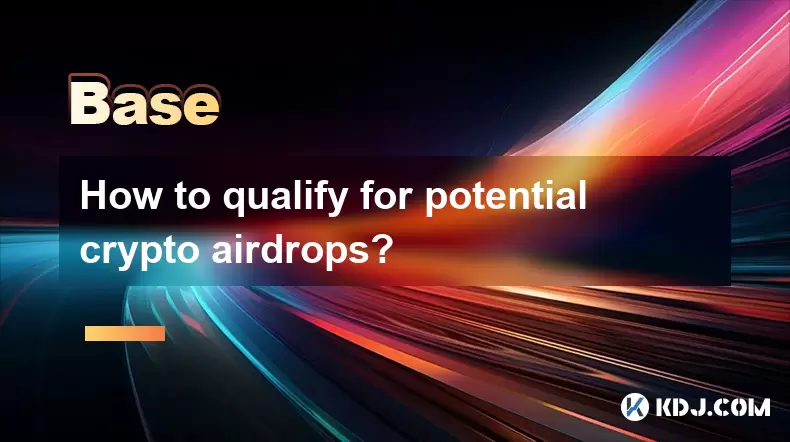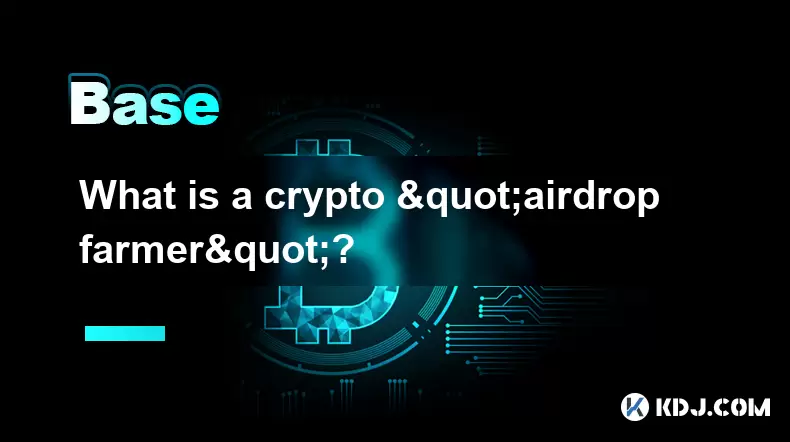-
 Bitcoin
Bitcoin $117900
0.31% -
 Ethereum
Ethereum $3766
0.28% -
 XRP
XRP $3.176
-0.31% -
 Tether USDt
Tether USDt $1.000
0.00% -
 BNB
BNB $795.6
1.51% -
 Solana
Solana $186.8
-1.09% -
 USDC
USDC $0.9999
-0.01% -
 Dogecoin
Dogecoin $0.2353
-1.33% -
 TRON
TRON $0.3226
1.49% -
 Cardano
Cardano $0.8172
-1.08% -
 Sui
Sui $4.178
3.06% -
 Hyperliquid
Hyperliquid $43.05
-3.39% -
 Stellar
Stellar $0.4367
-0.57% -
 Chainlink
Chainlink $18.62
1.47% -
 Hedera
Hedera $0.2828
6.63% -
 Bitcoin Cash
Bitcoin Cash $584.7
5.65% -
 Avalanche
Avalanche $24.81
2.53% -
 Litecoin
Litecoin $112.8
-0.88% -
 UNUS SED LEO
UNUS SED LEO $8.975
-0.08% -
 Shiba Inu
Shiba Inu $0.00001395
-1.07% -
 Toncoin
Toncoin $3.285
-1.05% -
 Ethena USDe
Ethena USDe $1.001
0.01% -
 Polkadot
Polkadot $4.123
0.76% -
 Uniswap
Uniswap $10.49
-0.18% -
 Monero
Monero $326.5
0.14% -
 Dai
Dai $0.9999
-0.02% -
 Bitget Token
Bitget Token $4.576
0.34% -
 Pepe
Pepe $0.00001247
-1.55% -
 Cronos
Cronos $0.1400
3.77% -
 Aave
Aave $295.1
-0.73%
Altcoin Jargon Interpretation: Warning Words from Shill to Rug Pull
Beware of altcoin jargon like "shill," "rug pull," and "FUD"; understanding these terms can help you avoid scams and protect your investments in the crypto market.
May 10, 2025 at 10:49 am

Altcoin Jargon Interpretation: Warning Words from Shill to Rug Pull
In the dynamic world of cryptocurrencies, understanding the jargon is crucial for navigating the market safely. Terms like "shill" and "rug pull" are particularly important as they often signal potential risks. This article aims to demystify these terms, helping investors and enthusiasts recognize and avoid common pitfalls in the altcoin space.
Understanding "Shill"
The term "shill" in the cryptocurrency world refers to someone who promotes a cryptocurrency or project, often with the intent to deceive others for personal gain. Shills can be found on social media platforms, forums, and even in comment sections of articles and videos.
Shills often use persuasive language and may present themselves as experts or early investors to gain credibility. They might share stories of huge returns or use fear of missing out (FOMO) to urge others to invest quickly. The goal is to artificially inflate interest and the price of the cryptocurrency, allowing them to sell their holdings at a profit before the bubble bursts.
To identify a shill, look for patterns such as repetitive phrases, an urgency to invest, and a lack of verifiable information about the project. Additionally, be wary of accounts that have suddenly become active or those that only post about one particular cryptocurrency without providing balanced views or critiques.
The Dangers of "Pump and Dump"
Closely related to shilling is the "pump and dump" scheme, a fraudulent practice where the price of a cryptocurrency is artificially inflated through false or misleading statements. Once the price reaches a peak, the perpetrators sell their holdings, causing the price to plummet and leaving other investors with significant losses.
Pump and dump schemes are often orchestrated through coordinated efforts on social media or messaging platforms. Participants might use group chats to spread the word and create a buzz around the cryptocurrency. The key to avoiding these schemes is to be skeptical of sudden price spikes and to research the project thoroughly before investing.
Recognizing "FUD" and Its Impact
FUD, which stands for "Fear, Uncertainty, and Doubt," is a strategy used to influence perception and manipulate markets. In the context of altcoins, FUD can be spread to discourage investment in a particular cryptocurrency, often to benefit the spreader's own financial interests.
FUD can take many forms, from rumors about a project's team to exaggerated reports of security breaches. It can cause panic selling, which in turn can lead to a significant drop in the cryptocurrency's value. To combat FUD, it's essential to verify information from multiple sources and not to make hasty decisions based on unverified claims.
The Threat of "Rug Pull"
Perhaps one of the most notorious terms in the altcoin space is "rug pull." This occurs when the developers of a cryptocurrency project suddenly abandon the project and disappear with investors' funds. Rug pulls are particularly prevalent in the decentralized finance (DeFi) sector, where new tokens are often launched with promises of high returns.
Rug pulls can be difficult to detect, but there are signs to watch for. Be cautious of projects that have anonymous developers, lack a clear roadmap, or promise unrealistically high returns. Additionally, if a project's liquidity is suddenly removed from decentralized exchanges, it could be a sign of an impending rug pull.
Identifying "Scam Tokens"
Scam tokens are cryptocurrencies created with the sole intention of defrauding investors. These tokens often mimic legitimate projects, using similar names, logos, and marketing strategies to confuse investors. They may also promise high returns with little to no risk, which should always raise red flags.
To avoid falling victim to scam tokens, it's crucial to conduct thorough research. Check the project's website, whitepaper, and social media presence. Look for reviews and feedback from other investors, and be wary of projects that lack transparency or have a history of failed ventures.
Protecting Yourself from "Exit Scams"
An "exit scam" is another term that should send warning signals to altcoin investors. This occurs when the operators of a cryptocurrency project take the funds raised from investors and disappear without delivering on their promises. Exit scams are particularly common in initial coin offerings (ICOs) and other fundraising efforts.
To protect yourself from exit scams, always scrutinize the team behind the project. Look for their professional backgrounds, previous projects, and any red flags such as legal issues or a history of failed ventures. Additionally, be cautious of projects that require large upfront investments without providing clear milestones or deliverables.
Frequently Asked Questions
Q: How can I verify the credibility of a cryptocurrency project's team?
A: To verify the credibility of a cryptocurrency project's team, start by researching their professional backgrounds. Use LinkedIn and other professional networks to check their work history and any previous projects they have been involved in. Look for any red flags such as legal issues or a history of failed ventures. Additionally, check if the team members are doxxed, meaning they have publicly revealed their identities, which adds a layer of accountability.
Q: What are some red flags to watch out for in altcoin projects?
A: Some red flags to watch out for in altcoin projects include anonymous developers, lack of a clear roadmap, promises of unrealistically high returns, sudden removal of liquidity from decentralized exchanges, and a history of failed ventures by the team. Additionally, be cautious of projects that require large upfront investments without providing clear milestones or deliverables.
Q: How can I protect my investments from rug pulls and exit scams?
A: To protect your investments from rug pulls and exit scams, conduct thorough research on the project and its team. Look for transparency in their operations, a clear roadmap, and verifiable information about their progress. Be skeptical of projects that promise high returns with little risk and always check the liquidity status of the token on decentralized exchanges. Additionally, diversify your investments to mitigate the risk of losing everything in one fraudulent project.
Q: What should I do if I suspect a cryptocurrency project is engaging in fraudulent activities?
A: If you suspect a cryptocurrency project is engaging in fraudulent activities, report your concerns to the relevant authorities, such as the Securities and Exchange Commission (SEC) or local financial regulatory bodies. Additionally, warn other investors by sharing your findings on social media and forums. It's also a good idea to document any evidence you have, such as suspicious communications or transactions, which can be useful for investigations.
Disclaimer:info@kdj.com
The information provided is not trading advice. kdj.com does not assume any responsibility for any investments made based on the information provided in this article. Cryptocurrencies are highly volatile and it is highly recommended that you invest with caution after thorough research!
If you believe that the content used on this website infringes your copyright, please contact us immediately (info@kdj.com) and we will delete it promptly.
- Ruvi AI: The Next Solana? Riding the AI Token Wave on CoinMarketCap
- 2025-07-28 00:50:16
- BlockDAG, Crypto Coin, XRP, ADA, and SUI: Navigating the 2025 Crypto Landscape
- 2025-07-28 00:30:16
- Riding the Bulls: ROI Tokens and the 2025 Momentum
- 2025-07-28 00:55:14
- Coinbase Wallet: Security, Reviews, and What's the Hype?
- 2025-07-28 00:30:16
- Crypto ETFs and Altcoins: Navigating the Wild West with Meme Coins and Tokenized Assets
- 2025-07-27 23:04:06
- Pi Coin in 2026: Will It Be Worth the Wait?
- 2025-07-27 23:10:12
Related knowledge

What is the difference between CeFi and DeFi?
Jul 22,2025 at 12:28am
Understanding CeFi and DeFiIn the world of cryptocurrency, CeFi (Centralized Finance) and DeFi (Decentralized Finance) represent two distinct financia...

How to qualify for potential crypto airdrops?
Jul 23,2025 at 06:49am
Understanding What Crypto Airdrops AreCrypto airdrops refer to the distribution of free tokens or coins to a large number of wallet addresses, often u...

What is a crypto "airdrop farmer"?
Jul 24,2025 at 10:22pm
Understanding the Role of a Crypto 'Airdrop Farmer'A crypto 'airdrop farmer' refers to an individual who actively participates in cryptocurrency airdr...

What is the difference between a sidechain and a Layer 2?
Jul 20,2025 at 11:35pm
Understanding the Concept of SidechainsA sidechain is a separate blockchain that runs parallel to the main blockchain, typically the mainnet of a cryp...

What is the Inter-Blockchain Communication Protocol (IBC)?
Jul 19,2025 at 10:43am
Understanding the Inter-Blockchain Communication Protocol (IBC)The Inter-Blockchain Communication Protocol (IBC) is a cross-chain communication protoc...

How does sharding improve scalability?
Jul 20,2025 at 01:21am
Understanding Sharding in BlockchainSharding is a database partitioning technique that is increasingly being adopted in blockchain technology to enhan...

What is the difference between CeFi and DeFi?
Jul 22,2025 at 12:28am
Understanding CeFi and DeFiIn the world of cryptocurrency, CeFi (Centralized Finance) and DeFi (Decentralized Finance) represent two distinct financia...

How to qualify for potential crypto airdrops?
Jul 23,2025 at 06:49am
Understanding What Crypto Airdrops AreCrypto airdrops refer to the distribution of free tokens or coins to a large number of wallet addresses, often u...

What is a crypto "airdrop farmer"?
Jul 24,2025 at 10:22pm
Understanding the Role of a Crypto 'Airdrop Farmer'A crypto 'airdrop farmer' refers to an individual who actively participates in cryptocurrency airdr...

What is the difference between a sidechain and a Layer 2?
Jul 20,2025 at 11:35pm
Understanding the Concept of SidechainsA sidechain is a separate blockchain that runs parallel to the main blockchain, typically the mainnet of a cryp...

What is the Inter-Blockchain Communication Protocol (IBC)?
Jul 19,2025 at 10:43am
Understanding the Inter-Blockchain Communication Protocol (IBC)The Inter-Blockchain Communication Protocol (IBC) is a cross-chain communication protoc...

How does sharding improve scalability?
Jul 20,2025 at 01:21am
Understanding Sharding in BlockchainSharding is a database partitioning technique that is increasingly being adopted in blockchain technology to enhan...
See all articles

























































































